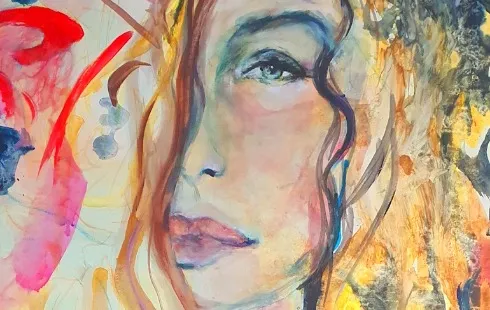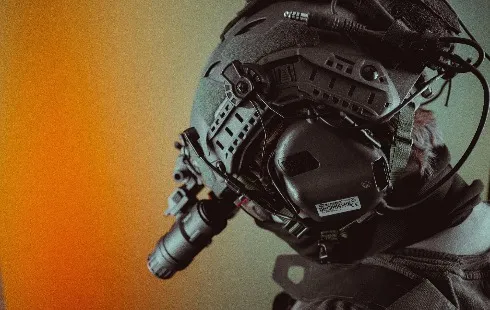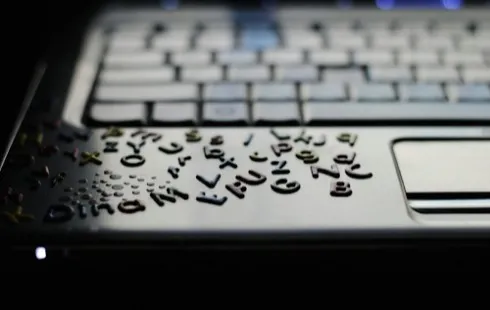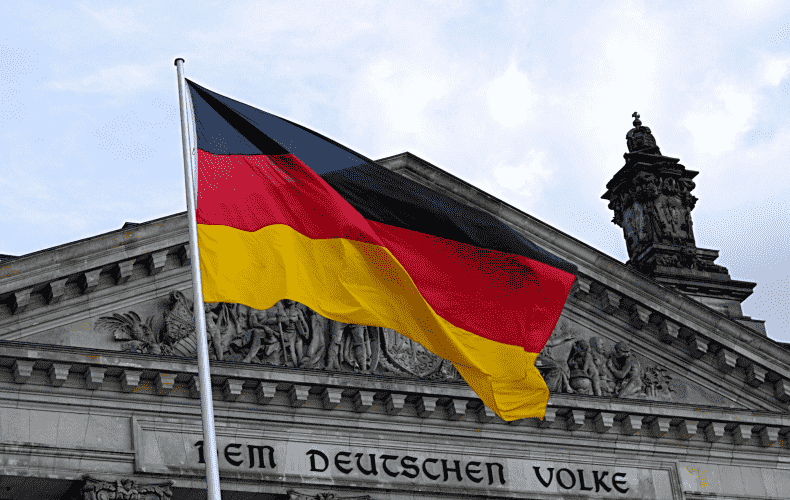Fünf Freunde. John Cage, Merce Cunningham, Jasper Johns, Robert Rauschenberg, Cy Twombly
The exhibition explores the intimate connections between John Cage (1912-1992), Merce Cunningham (1919-2009), Jasper Johns (*1930), Robert Rauschenberg (1925-2008), and Cy Twombly (1928-2011) through their artistic exchange. Featuring over 150 artworks, scores, stage props, costumes, photographs, and archival materials, this showcase offers a glimpse into the collaboration among these five artist friends. The Museum Brandhorst also highlights Cy Twombly's work, which is a central focus of its collection, in a new light. The exhibition spans from the 1940s to the late 1970s, an era where the intertwining of art, friendship, and love became a crucial driving force behind their creations.
The formation of the artist group began as Cage and Cunningham developed a professional and romantic relationship in the early 1940s, while Rauschenberg and Twombly met in New York in the spring of 1951. They soon attended the legendary Black Mountain College in North Carolina during the summer, where Cunningham and Cage taught. Close bonds formed among the four, with Cage writing about their works and his theories influencing their art. At Black Mountain, Twombly and Rauschenberg collaborated on a series of monochrome White Paintings, initially credited solely to Rauschenberg. Following a shared trip through Europe and North Africa in 1952/53, they shared a studio on New York's Fulton Street, developing their distinct artistic languages: Rauschenberg with his Combine Paintings and Twombly with his graffiti-like scribbles. Jasper Johns joined their circle in 1954, and until 1961, he and Rauschenberg worked closely together, establishing what would later be recognized as 'Painting As Object.'
The exhibition's focus on friendship and artistic relationships highlights the queer aspects of their art, with many works containing hidden references to non-heteronormative desires. This artist group rejected the machismo rhetoric of Abstract Expressionism, and numerous pieces reference queer figures from art, music, and literature, such as Frank O'Hara, Hart Crane, and the ancient poet Sappho. They negotiated their own sexuality through coded language during the repressive McCarthy era. The political context of the Cold War and the increasing technological advancements in society permeated the works of all five artists. Rauschenberg's obsessive engagement with American symbols is notable; Johns' most famous works are appropriations of the American flag and targets, reflecting state power and military themes. Cage engaged with anarchist concepts from Henry David Thoreau and was intrigued by media theories like the Global Village. Twombly's seemingly detached references to antiquity often allude to specific historical events, such as the assassination of John F. Kennedy or the Cuban Missile Crisis. Notably, Twombly and Rauschenberg responded to advancements in space exploration, with Rauschenberg's 'Stoned Moon Book' created in collaboration with NASA in 1970. In 1968, Twombly created 'Orion III,' inspired by plans for a novel nuclear-powered rocket system.









